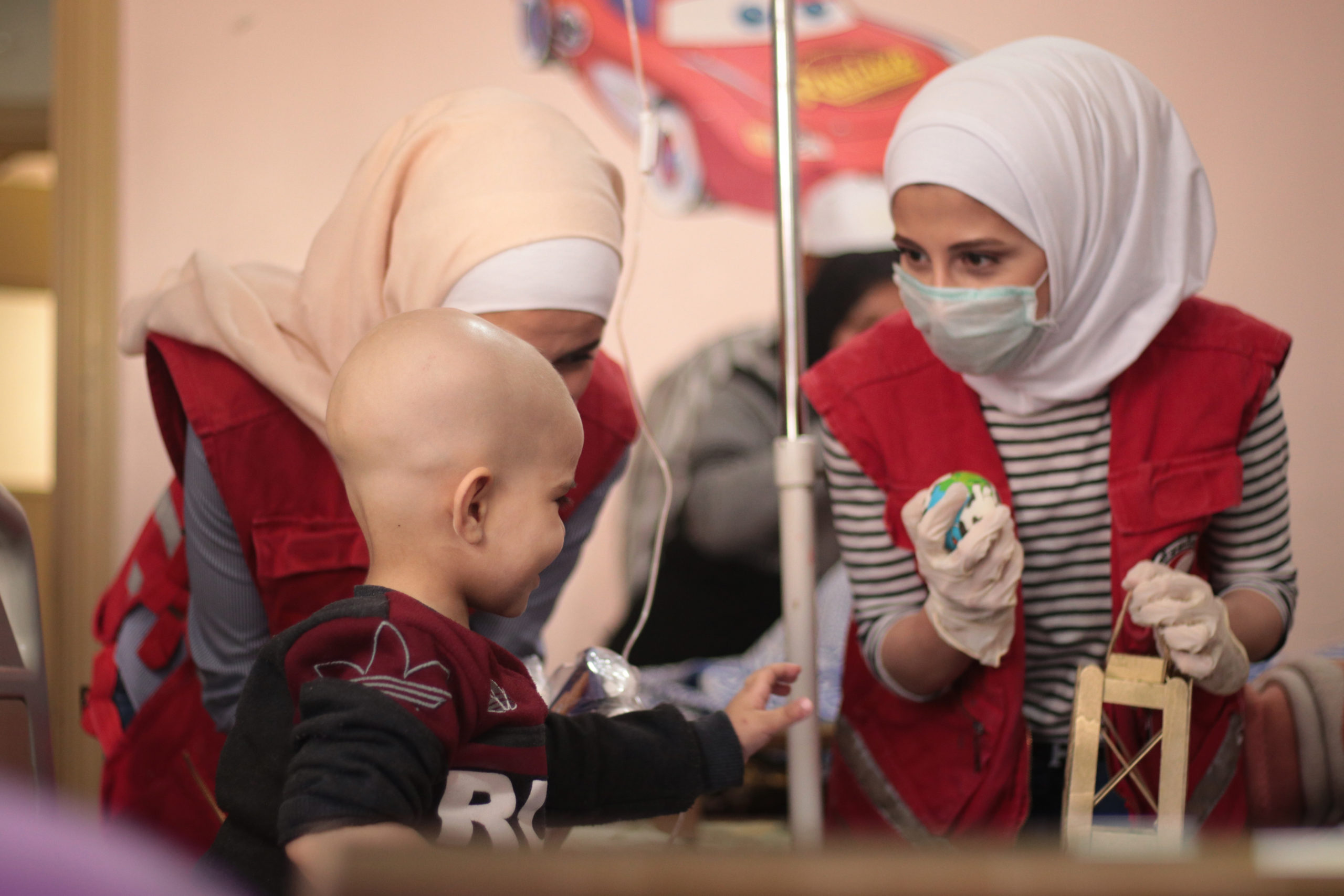Guidance note on SARS-CoV-2 testing

Testing is a critical component of epidemic response, as it allows public health authorities to identify both individual cases and emerging hotspots of COVID-19, and to rapidly implement effective epidemic control measures such as isolation and treatment and contact tracing around confirmed cases to slow and stop the spread of the virus. National Societies, as auxiliaries to their public health and emergency response authorities, may be asked to support government testing strategies to identify and rapidly isolate cases. This guidance provides explanations of the types and reliability of different test types and strategies. It is meant to inform effective decision-making by National Societies involved in or considering support to COVID-19 testing.
Available in: English, Spanish, French, Portuguese, and Russian.
